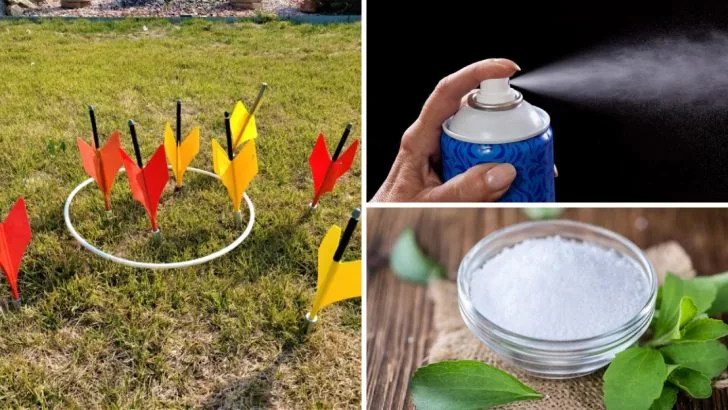The 1970s were a transformative decade, marked by bold fashion, revolutionary music, and a culture that embraced experimentation. However, not everything from that era has stood the test of time.
Many products, practices, and even behaviors that were once commonplace are now considered unsafe, outdated, or environmentally harmful – and in some cases, have been completely banned.
In this article, we’ll take a nostalgic yet eye-opening journey back to the 1970s, exploring 11 everyday things that were integral to the decade but are now forbidden. These banned items serve as a reminder of how much societal norms, technology, and safety standards have evolved over the years.
Lead-Based Paint

Lead-based paint was widely used for its durability and vibrant colors. However, it posed significant health risks, especially to children, leading to neurological damage.
By the late 1970s, awareness of these dangers had grown, prompting governments to ban its use in residential properties. The ban was a pivotal step in public health safety, emphasizing the importance of creating safer environments.
Today, if you own an older home, it’s crucial to check for any remnants of this hazardous material, ensuring all renovations comply with modern safety standards. This piece of history remains a vivid reminder of past oversight in material safety.
Asbestos Insulation

Asbestos was once hailed as a miracle insulator, celebrated for its fire-resistant properties. Found in homes and public buildings, it was a staple of 1970s construction. However, the discovery of its carcinogenic nature led to a sweeping ban.
Exposure to asbestos fibers was linked to serious diseases, such as mesothelioma and lung cancer. Consequently, extensive removal processes were implemented. If residing in an older property, it’s crucial to ensure professional inspections and removal.
This once-common material’s downfall underscores the importance of rigorously testing building materials for long-term safety. Asbestos now serves as a cautionary tale in construction history.
Dichlorodiphenyltrichloroethane (DDT)
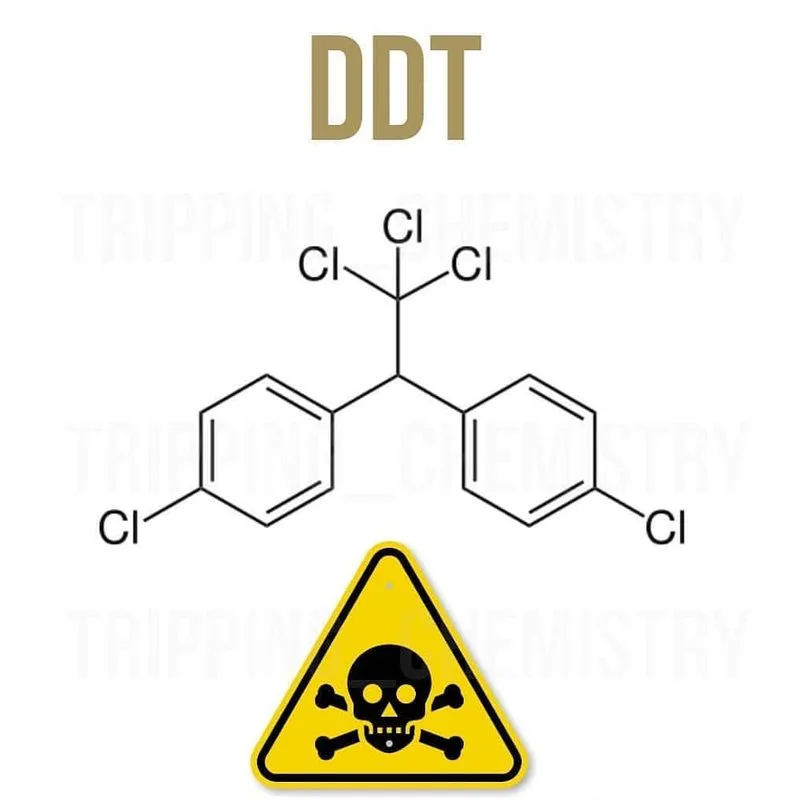
DDT was a staple pesticide used in agriculture, praised for its effectiveness in controlling pests. However, environmental concerns began to surface, revealing its detrimental impact on wildlife, particularly bird populations.
The chemical’s persistence in the environment and bioaccumulation in the food chain led to widespread ecological harm. By the mid-1970s, many countries had banned its use, although some continued limited applications for malaria control.
The DDT story highlights the delicate balance between agricultural needs and environmental stewardship, serving as an enduring lesson in the consequences of chemical dependency. Today, integrated pest management practices offer safer, sustainable alternatives.
Cyclamates
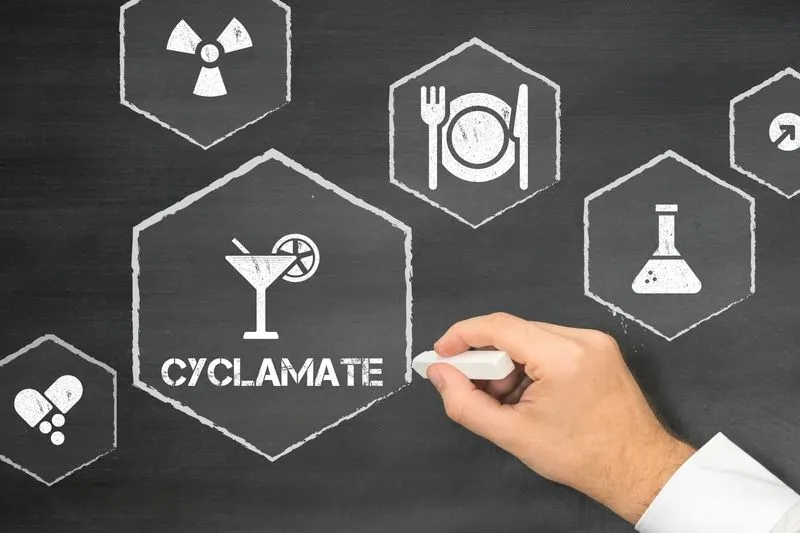
Cyclamates, artificial sweeteners found in diet sodas and foods, were revolutionary for those seeking low-calorie options. Despite their popularity, studies linked them to cancer in laboratory animals, sparking health concerns.
As a precaution, authorities banned cyclamates in the late 1970s, though they remain legal in some countries. This led to a significant shift in the sweetener market and spurred the development of newer, safer alternatives.
The cyclamate controversy underscores the importance of continuous research and regulatory vigilance in food safety. Consumers are reminded to stay informed about the ingredients in their diet for better health outcomes.
CFCs in Aerosols
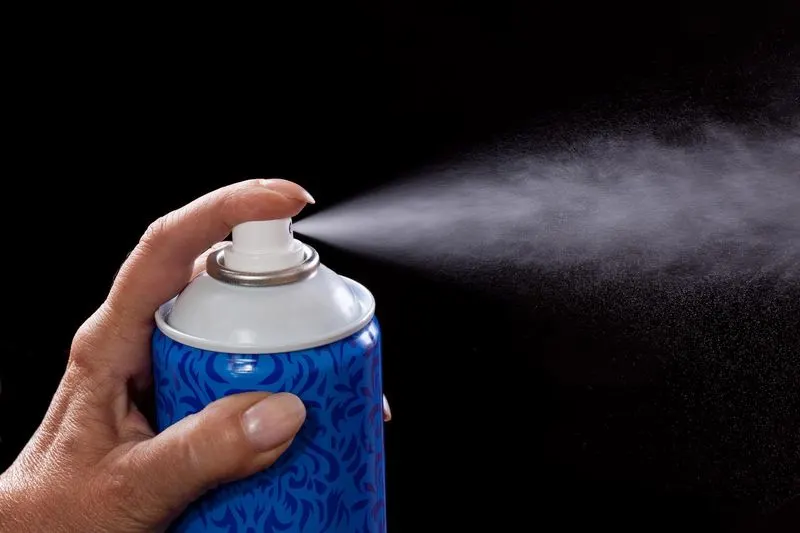
Chlorofluorocarbons (CFCs), used in aerosol sprays, were once hailed for their versatility. However, scientific revelations about their role in ozone layer depletion led to global concern.
By the late 1970s, the environmental impacts were undeniable, prompting international bans and the search for safer alternatives. This marked a significant victory for environmental advocacy. The transition away from CFCs in everyday products was a monumental environmental milestone, illustrating the power of scientific research and global cooperation.
Today, the CFC ban serves as a reminder of the impact human activity can have on the planet and the importance of sustainable practices.
PCBs in Electrical Equipment
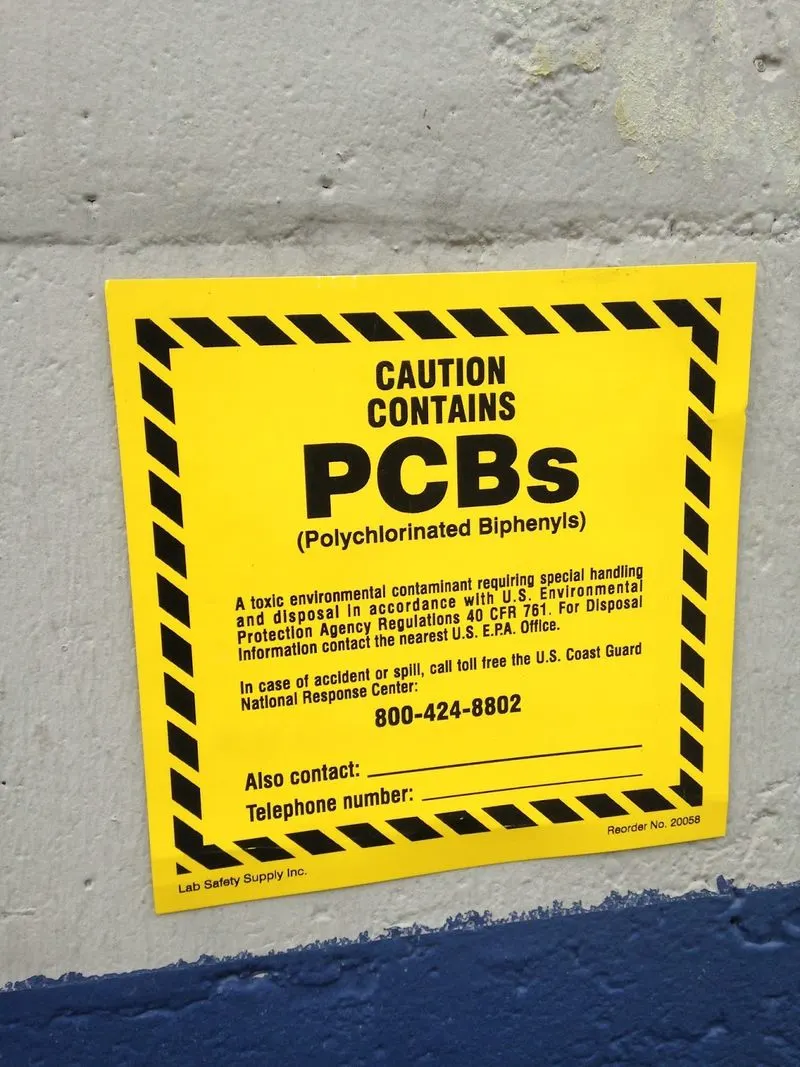
Polychlorinated biphenyls (PCBs) were widely used in electrical equipment due to their insulating and fire-resistant properties. Unfortunately, their toxic legacy became apparent, linked to environmental pollution and health risks including cancer.
Banned in the late 1970s, their persistence in the environment remains a challenge. Safe disposal and cleanup continue to be a priority for affected areas. The story of PCBs highlights the need for responsible manufacturing and disposal practices.
As we advance technologically, it’s imperative to learn from past mistakes and prioritize sustainability in material choices, ensuring a healthier environment for future generations.
Flammable Children’s Pajamas

In the 1970s, children’s pajamas were often made from materials that posed a fire hazard. Tragic accidents highlighted the urgent need for stricter safety regulations. As a result, standards were introduced to ensure sleepwear was made from flame-resistant fabrics. This shift was pivotal in enhancing child safety, preventing countless potential injuries.
Today, parents are advised to check clothing labels for compliance with safety standards, ensuring peace of mind. The evolution of sleepwear safety reflects broader improvements in consumer protection, demonstrating the impact of legislation on everyday items. It remains a critical component of child safety measures.
Sodium Cyclamate
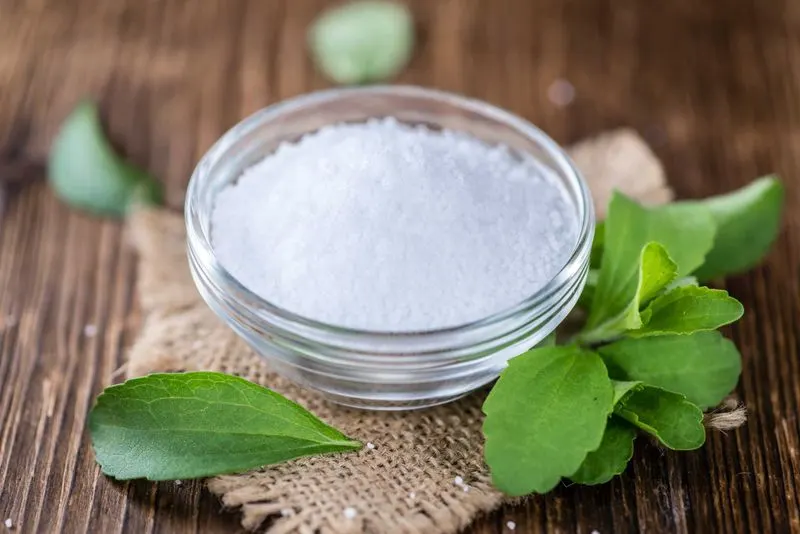
Sodium cyclamate, a popular artificial sweetener, found its place in many low-calorie products. Health concerns arise after studies linked it to cancer in laboratory animals.
This prompted bans in several countries during the 1970s. Despite the controversy, some nations still allow its use under strict regulations. The saga of sodium cyclamate paved the way for the development of alternative sweeteners, shaping the modern market.
Consumers today benefit from a broader range of safer options, though it’s crucial to remain vigilant about ingredient labels. The sweetener’s story is a testament to the importance of continuous scrutiny in food safety.
Wooden Playground Equipment
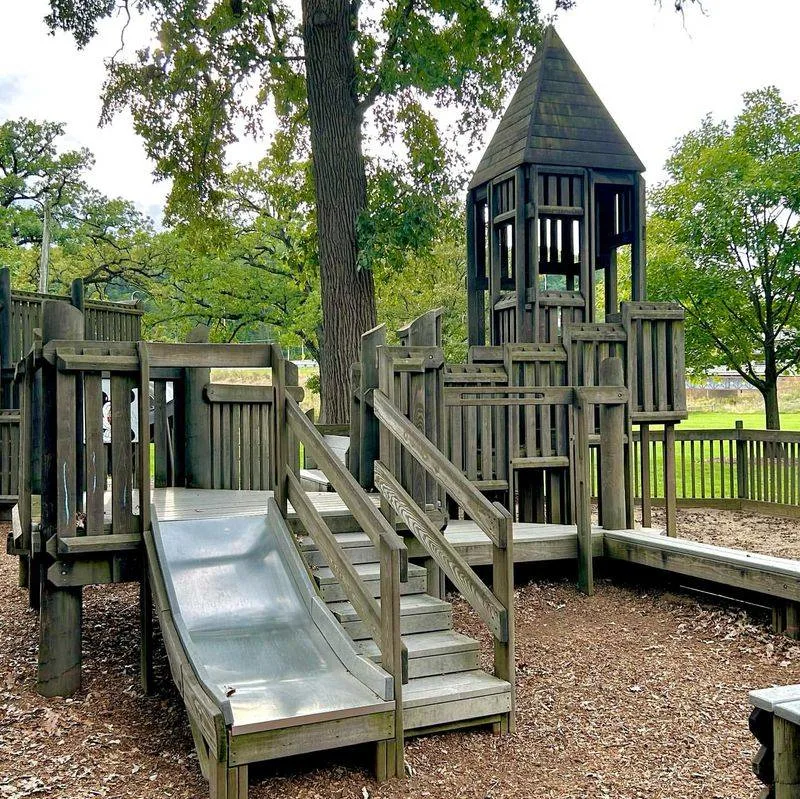
Wooden playgrounds were once the heart of childhood adventures, offering endless fun. However, safety concerns regarding splinters, decay, and structural stability led to their decline. Modern standards favor resilient materials like metal and plastic, ensuring safer play environments. The transition from wood to more durable materials reflects a broader commitment to child safety.
Today, playgrounds are designed with stringent guidelines, prioritizing both fun and safety. Parents and caregivers are encouraged to advocate for modernized play areas that meet current safety standards. The evolution of playground equipment underscores the importance of adapting to improve children’s experiences.
Mercury Thermometers

Mercury thermometers, once a staple in households, offered reliable temperature readings. However, their potential for mercury spills posed significant health and environmental risks. The 1970s saw a push for safer alternatives, resulting in their gradual phase-out.
Modern digital thermometers now dominate the market, offering accuracy without hazardous materials. Proper disposal of old mercury thermometers is crucial to prevent contamination. This shift reflects a broader awareness of chemical safety and environmental protection.
As technology advances, consumers are reminded to choose products that align with health and safety standards, ensuring a safer environment for all.
Lawn Darts

Lawn darts, a popular backyard game, were beloved for their competitive spirit but carried inherent risks. Weighing in with heavy, pointed tips, they posed significant dangers, especially to children.
Numerous injuries prompted a ban in many countries by the late 1970s. The ban underscored the importance of assessing the safety of recreational equipment.
Today, safer alternatives are available, keeping the fun without the risk. Parents and guardians are urged to prioritize safety when choosing toys and games. The story of lawn darts serves as a reminder of the critical role safety plays in product manufacturing and consumer choices.

